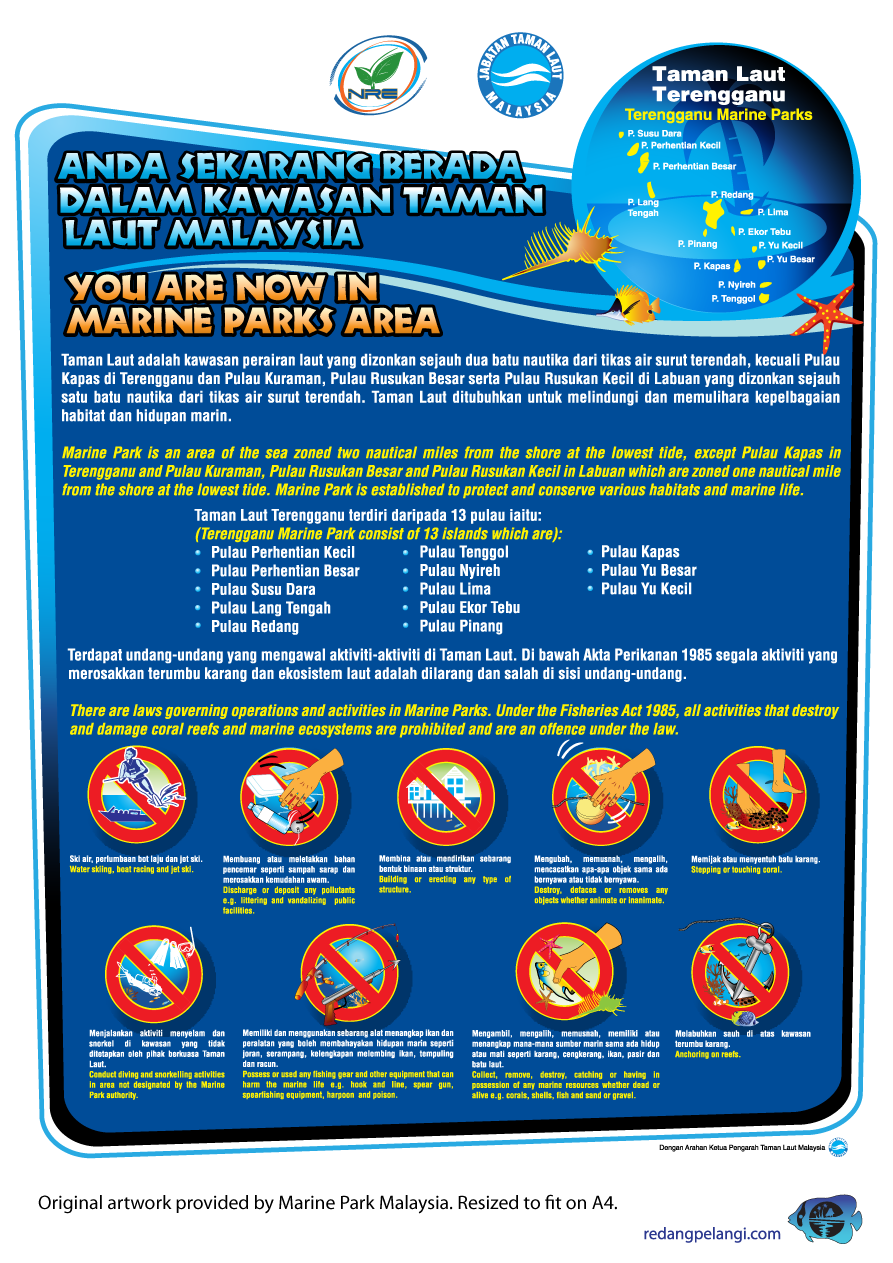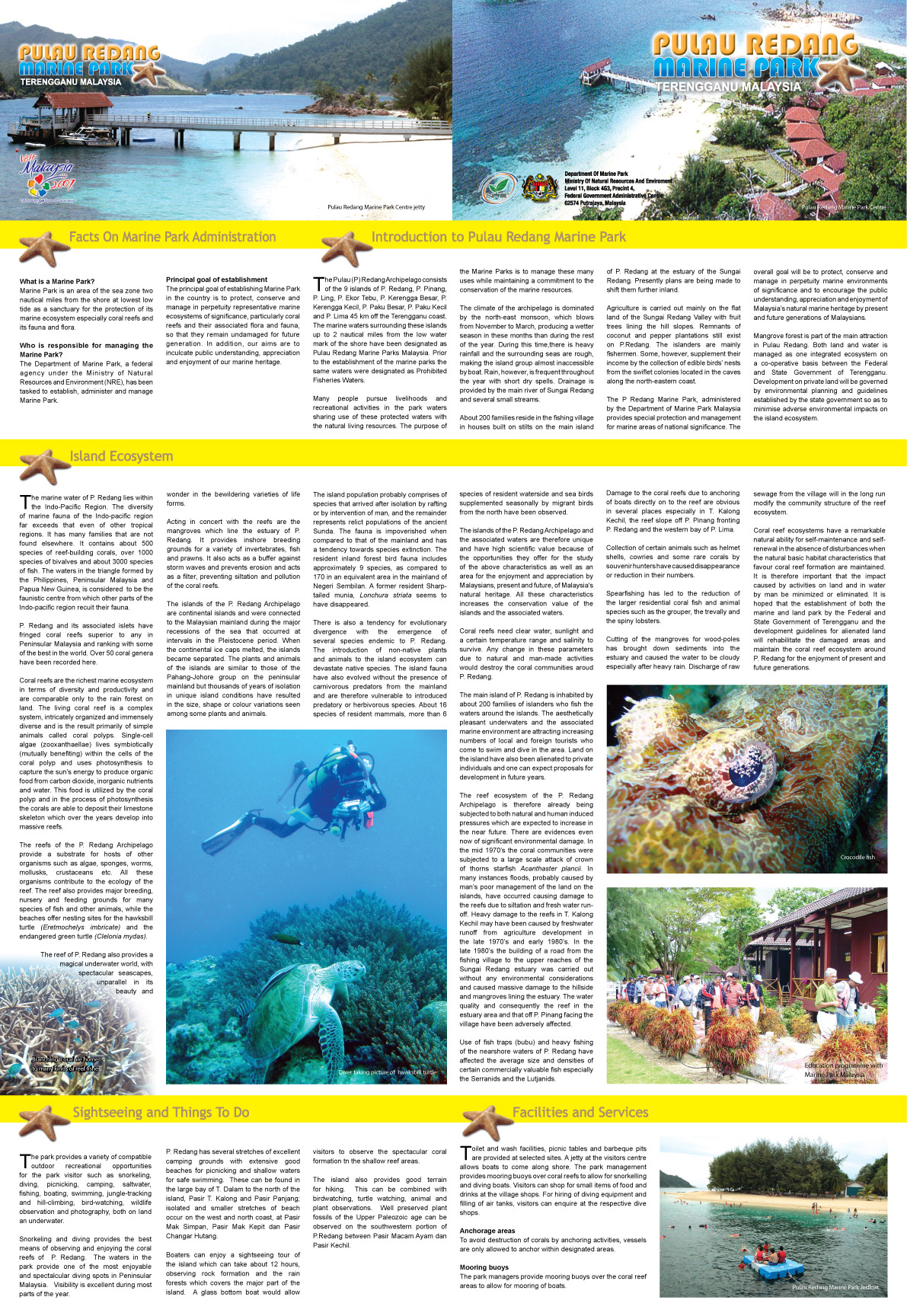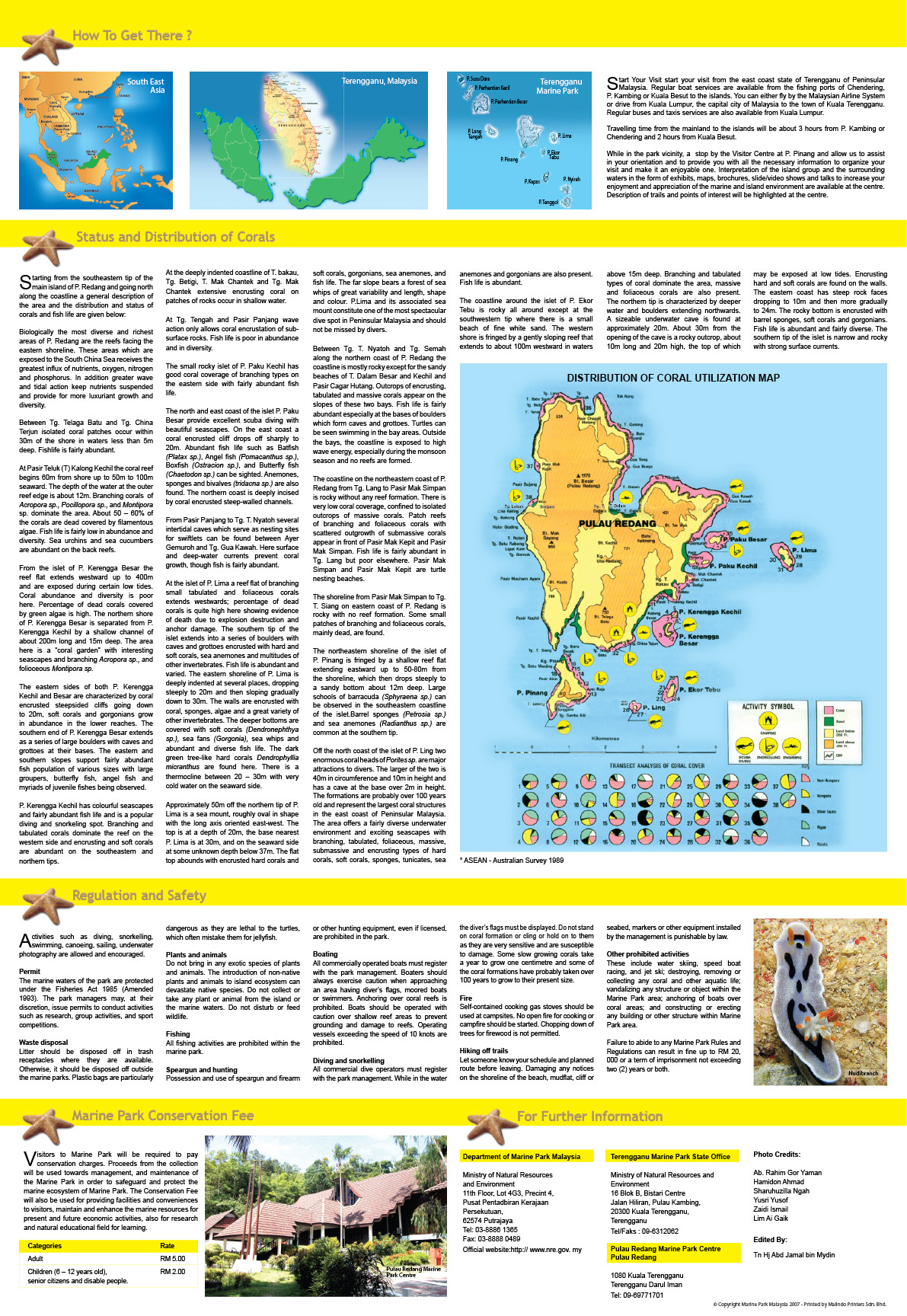Raising
awareness is an on-going and continuous process.
In today's
fast-paced world, everyone is connected via some Social Network. We get
hundreds if not thousands of updates everyday, some relevant while some
is forgotten within the next few minutes.
With our attention span reducing as the world becomes faster, we need to provide the readers with relevant information. We believe the more informed the reader is, better decisions would be made, specially when it comes to
conservation.
Today we would like to Introduce
SEATRU (Sea Turtle Research Unit), a research unit based in Universiti Malaysia Terengganu (UMT).
The following is taken directly from SEATRU's
about us page. Link to
SEATRU.
About SEATRU
SEATRU is an acronym for the Sea
Turtle Research Unit of Universiti Malaysia Terengganu (UMT). The unit
had its beginnings in 1984 when research on the leatherback turtles of
Rantau Abang was first initiated by the then Faculty of Fisheries and
Marine Science, Universiti Pertanian Malaysia.
Sea turtle research at UMT has since
developed into a multi-disciplinary program aimed at studying all
aspects of the biology and ecology of sea turtles, threats to their
survival, and how they can be managed in order to restore the various
species to a stable population level. The vital information resulting
from these studies have formed the basis for many important
recommendations made by SEATRU to relevant government agencies for the
conservation of sea turtles, especially within the state of Terengganu.
Besides carrying out
conservation-oriented research on sea turtles, SEATRU is also directly
involved in education of university students at the undergraduate and
graduate levels, school children, and the public at large on the
conservation of sea turtles. It also undertakes consultancy projects
which are directly or indirectly related to sea turtles.
History
Chagar Hutang is an isolated beach in the
northern most part of Redang Island. It is one of the three nesting
beaches in Redang Island that have been declared as turtle sanctuary in
2005. Universiti MalaysiaTerengganu started the Sea Turtle Conservation
Project at Chagar Hutang since 1993. This project was founded by Dr.
Chan Eng Heng and Assoc. Prof. Liew Hock Chark.
In the early years, all nests incubated
at Chagar Hutang were purchased from licensed egg collectors at RM120
per nest. A total of RM500,000 were spent (1993-2004) in the purchase
alone. In order to support the long-term in situ egg incubation program,
nesting and tagging research, the Turtle Research and Conservation
Group had introduced outreach programs – the nest and turtle adoption
schemes and the volunteer program. The success of this conservation work
had been recognised by the United Nations Environment Program (UNEP)
when it elected the former project executants to the Global 500 Roll of
Honour in 2001.
In 17 years since the initiation of the
project, a total of 5,000 green and 101 hawksbill turtle nests have been
protected through the in-situ program. From these a total of
350,000 green and 7,000 hawksbill hatchlings were released to the ocean.
Even so, it is too early to determine whether we have increased the
population of sea turtles at Redang Island. Through the outreach
programs, we are hoping to see some positive changes in the coming
generations to protect and conserve sea turtles.
With a simple introduction to what SEATRU does, we'll be using the next few weeks leading up to our Marine Awareness weekend to raise awareness
Turtle Conservation.
As attached below is a SEATRU brochure [click image to enlarge] explaining the purpose of SEATRU and their cause in Turtle Conservation
If you find this article useful, please help spread the word by sharing it with your friends.
[All images have been provided by SEATRU]


















